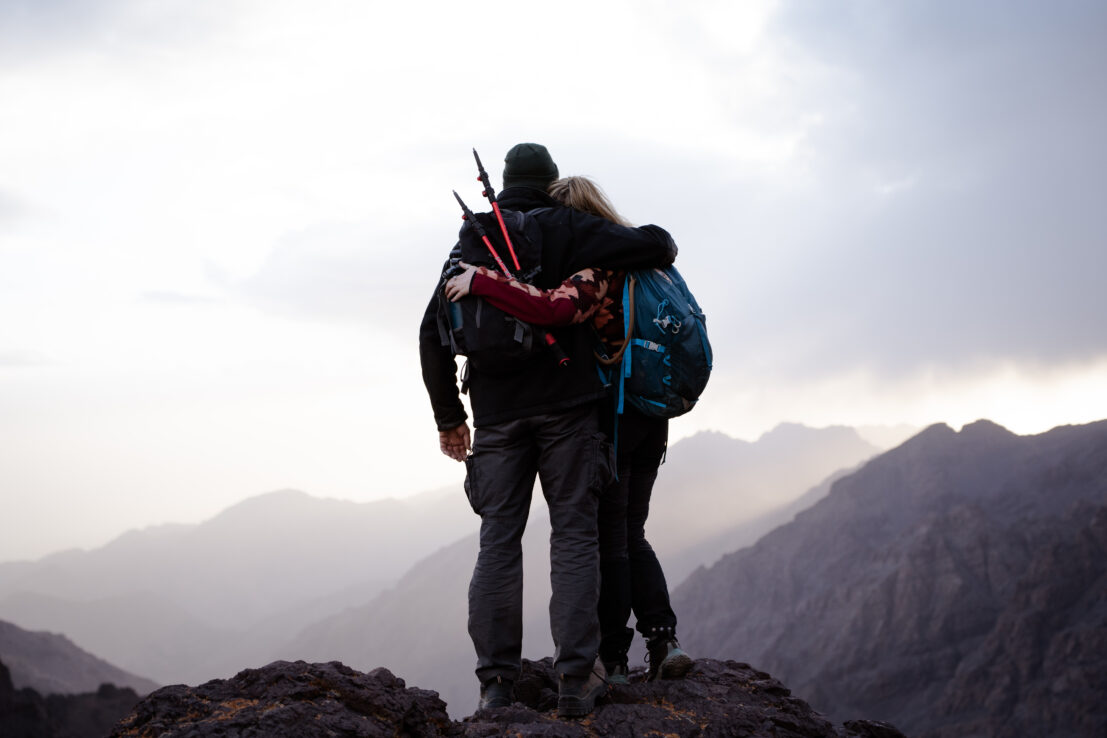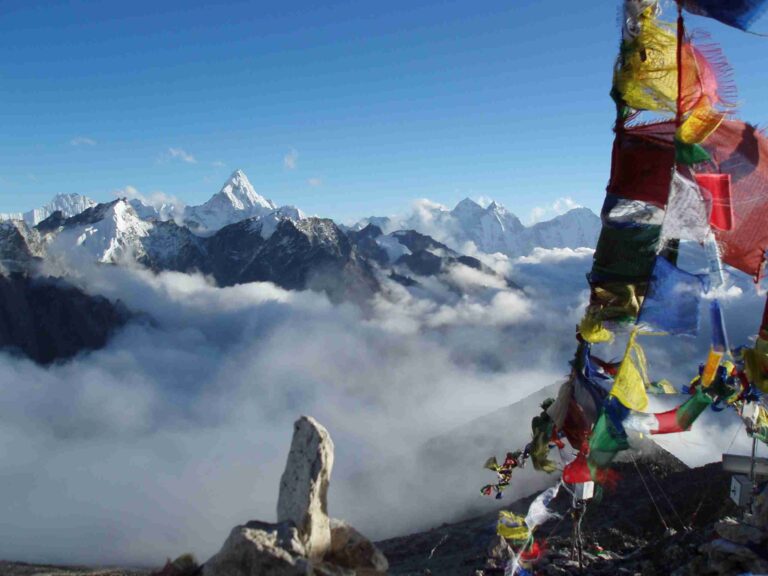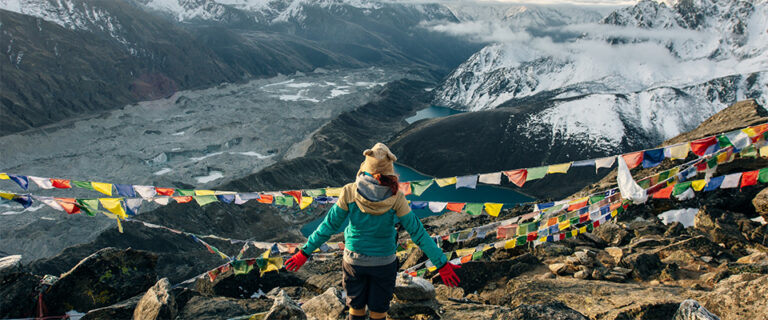The pre-dawn air cuts through your layers as you lace your boots for the third consecutive summit push. Your legs ache, your lungs burn from the altitude, and there are still four more peaks ahead. This is where the Atlas Mountains separate the dreamers from the doers—not on technical difficulty, but on mental resolve.
I’ve guided hundreds of climbers through Morocco’s High Atlas range, and I can tell you with certainty: the mountain you need to conquer first is the one between your ears.
Understanding the Mental Challenge
The Morocco 7 Summits Challenge isn’t technically complex. You won’t need ice axes, crampons, or advanced mountaineering skills. What you will need is the psychological stamina to push through seven consecutive days of demanding ascents, each taking 6-8 hours, with elevations reaching 4,167 meters on Toubkal—North Africa’s highest peak.
This is what catches most climbers off guard. They train their bodies for months but forget to prepare their minds for the relentless nature of back-to-back summit days. When fatigue sets in around Day 4, technical skills won’t save you. Mental resilience will.
The Reality of Multi-Day Expeditions
Let me paint you a picture of what this journey actually entails. Day 2 starts with Tassghimout at 2,640 meters—a relatively gentle acclimatization hike that leaves you feeling confident. Day 3 brings Aguelzim at 3,650 meters with a steep 1,400-meter ascent. By Day 6, you’re tackling both Timzguida (4,089m) and Ras n Ouanoukrim (4,083m) in a single push lasting 8-10 hours.
The physical demands accumulate. Your body doesn’t fully recover between climbs. Sleep at altitude is fitful. You might experience mild altitude symptoms—headaches, loss of appetite, periodic breathing that jolts you awake. This is normal above 2,500 meters, but it wears on your psychological reserves.
The mental challenge isn’t a single moment of hardship—it’s the compound interest of fatigue, discomfort, and uncertainty building day after day.
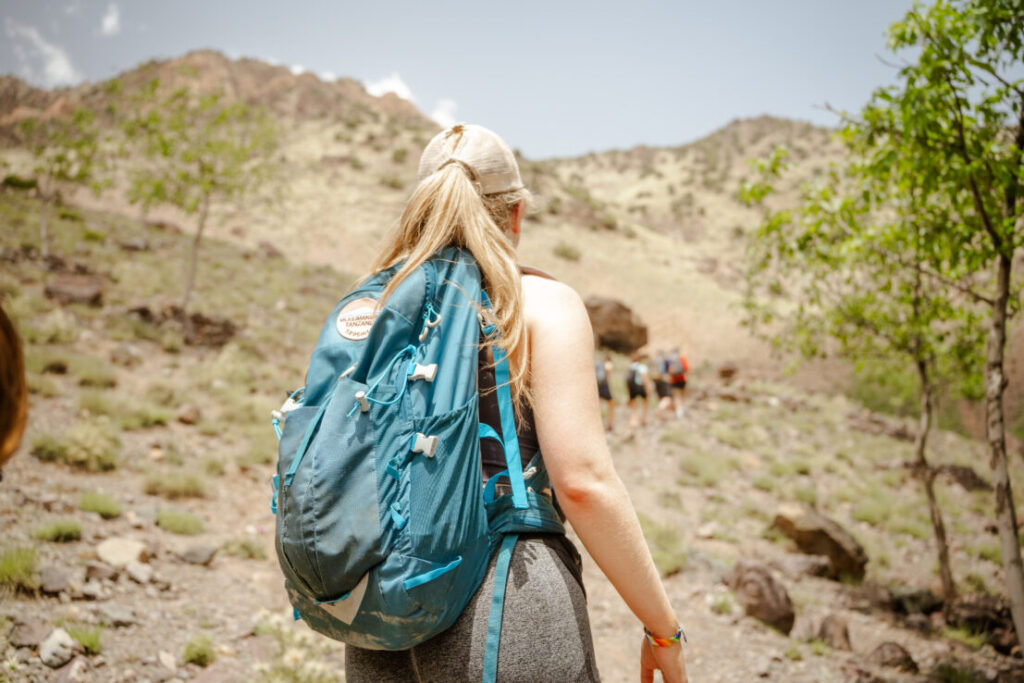
Building Your Mental Foundation Before You Arrive
1. Train for Consecutive Days, Not Single Events
Most people train by doing one big hike on weekends. That’s not enough. Your preparation needs to mirror the expedition’s demand. Complete 6-8 hour hikes on consecutive days with an 8kg pack. Feel the cumulative fatigue. Learn what your body can endure when it’s already tired.
This isn’t about building cardiovascular fitness—it’s about teaching your brain that continuing when exhausted is normal, not exceptional.
2. Embrace Discomfort in Training
During preparation, actively seek uncomfortable conditions. Hike in the rain. Train when you’re tired. Push through when you’d rather quit. These aren’t just physical adaptations—you’re creating neural pathways that normalize discomfort.
I recommend at least four substantial hikes per month in the four months leading up to the expedition. This consistency builds both physical and psychological endurance. Your mind learns that suffering is temporary and manageable.
3. Develop Your “Why”
On Day 5, when you’re climbing the technical ridgelines to Akioud’s 4,030-meter summit, your body will scream for you to stop. In those moments, surface-level motivation evaporates. “I want to get fit” or “This seemed cool” won’t sustain you.
You need a deeper purpose. Why are you really here? Is it to prove something to yourself? To honor someone? To fundamentally change how you see your capabilities? Clarify this before you board the plane to Marrakech.
Mental Strategies During the Expedition
The Power of Process Over Outcome
On summit day for Toubkal, you’ll wake at 3 AM for an 8-9 hour alpine push. The summit seems impossibly distant. This is where outcome-focused thinking becomes your enemy.
Instead of fixating on the distant peak, break the climb into micro-goals. Focus on reaching that next switchback. Make it to the rocky outcrop 100 meters ahead. Your only job is the next 20 minutes. Then do it again.
This mental segmentation transforms an overwhelming objective into a series of manageable tasks. It’s the same principle that gets marathoners through 42 kilometers—you run to the next mile marker, not the finish line.
Managing Altitude’s Mental Effects
Above 2,500 meters, altitude affects your brain before you consciously recognize it. You might feel irritable, anxious, or irrationally defeated. Recognizing these as physiological symptoms rather than reality is crucial.
When negative thoughts spiral at altitude, pause and assess: Am I actually in danger, or is my oxygen-deprived brain catastrophizing? Often, the answer is the latter. Communicate with your guide about symptoms, but don’t let altitude-induced emotions drive decisions.
The Team-First Mentality
This expedition explicitly requires “a collective team-first approach to be successful.” This isn’t platitude—it’s psychological strategy. When your individual motivation falters, the team’s momentum can carry you. When someone else struggles, supporting them gives you renewed purpose.
I’ve watched countless climbers rediscover their strength by helping a teammate through a difficult section. It shifts your focus from internal suffering to external contribution. That psychological pivot can be transformative.
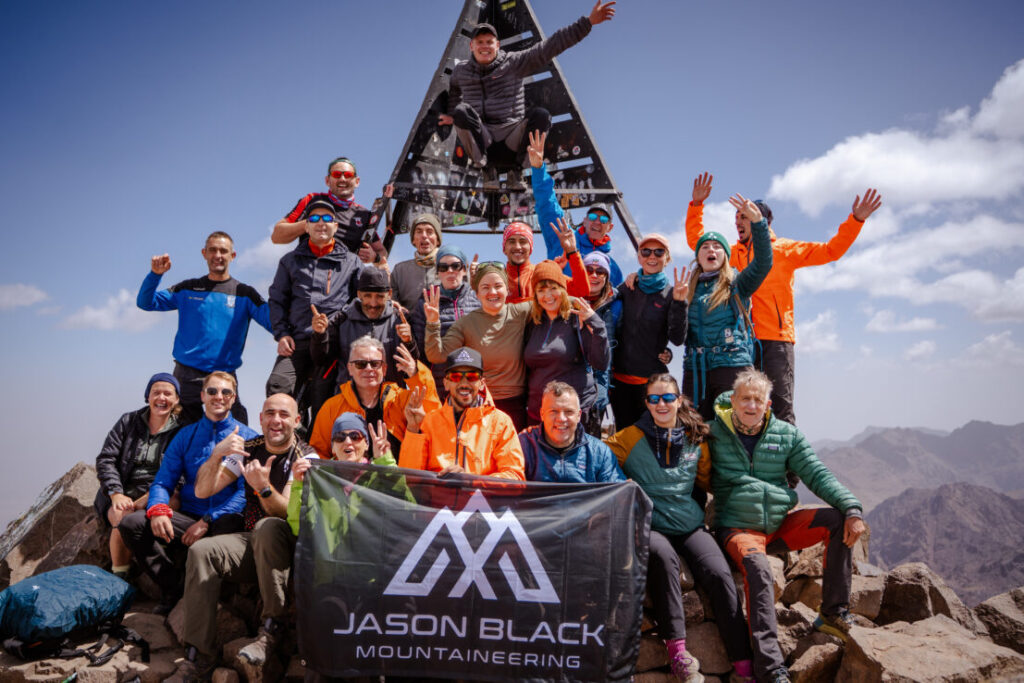
Confronting the Moments That Matter
There will be a moment—usually around Day 4 or 5—when everything in you wants to quit. Not because of injury or danger, but because you’re tired, uncomfortable, and questioning why you’re putting yourself through this.
This is the crucible moment that defines the entire expedition.
Here’s what I tell climbers: That voice telling you to stop isn’t truth. It’s noise. Your body has reserves you haven’t touched. The discomfort you’re feeling won’t harm you—it’s simply your nervous system’s protest against sustained effort.
When that moment arrives, try this technique: Acknowledge the thought without judgment. “I’m experiencing the desire to quit.” Then ask: “Am I actually unable to continue, or am I just uncomfortable?” Nine times out of ten, you’re just uncomfortable. And uncomfortable is manageable.
The Cultural Dimension of Mental Strength
One unexpected source of mental resilience comes from the Berber people who call these mountains home. As you pass through traditional villages and share meals with locals, you’ll witness a culture defined by resilience.
These are people who’ve thrived in harsh mountain conditions for centuries. Their daily life requires the kind of mental toughness Western climbers seek through expeditions. There’s perspective in that—and perspective is a powerful psychological tool.
When you’re struggling on a steep ascent, remember that Berber porters are carrying equipment up the same trail. When cold refuge nights feel harsh, consider that mountain families live in these conditions year-round. This isn’t to diminish your challenge, but to contextualize it within a broader reality of human capability.

Physical Preparation That Builds Mental Strength
Mental resilience doesn’t exist in a vacuum—it’s supported by physical preparation. The fitter you are, the more mental bandwidth you have for managing challenges beyond pure fatigue.
Aim for two high-intensity cardio sessions weekly: running, cycling, swimming, HIIT classes, or circuit training. The specific activity matters less than consistently elevating your heart rate to challenging levels for 45-60 minutes.
Add strength training, particularly for legs. Strong muscles protect joints during long descents, reducing pain that erodes mental resolve. If you have any old injuries or weak joints, address them now with a physiotherapist. Physical discomfort amplifies mental difficulty exponentially.
Practical Mental Resilience Tools
1. Breathing Techniques
At altitude, controlled breathing does double duty—it maximizes oxygen intake while activating your parasympathetic nervous system. Practice box breathing: inhale for four counts, hold for four, exhale for four, hold for four. This becomes your anchor when anxiety or overwhelm strikes.
2. Mantras and Self-Talk
Develop a personal mantra before the expedition. Mine is simple: “One step, one breath.” It might sound trite, but when repeated thousands of times during an 8-hour summit push, it becomes a powerful psychological tool that overrides negative self-talk.
3. Visualization
Before sleeping each night, visualize the next day’s climb in detail. See yourself moving steadily, breathing rhythmically, reaching the summit. This mental rehearsal primes your brain for success and reduces anxiety about the unknown.
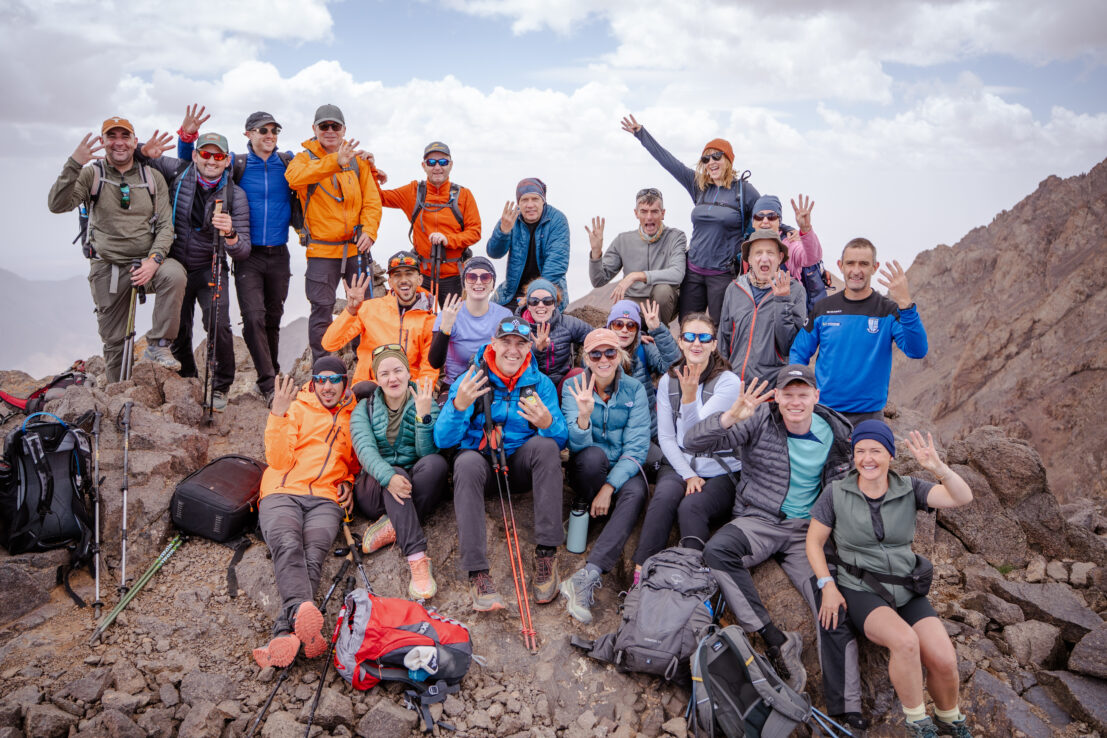
The Reward: Mental Resilience Beyond Mountains
Here’s what nobody tells you about building mental resilience in the mountains: it fundamentally changes how you handle challenges everywhere else.
After completing seven summits in seven days, workplace stress feels manageable. Personal setbacks seem surmountable. You’ve proven to yourself—not theoretically, but through lived experience—that you can endure far more than you believed possible.
This is the real summit. Not Toubkal at 4,167 meters, but the expanded sense of what you’re capable of achieving when you refuse to quit.
Final Thoughts: Are You Ready?
The Morocco 7 Summits Challenge is not for beginners to hiking. The PDF explicitly states: “Do not take on this challenge unless you are fit and have a reasonable amount of hiking experience.” This requirement isn’t just physical—it’s mental.
If you’ve never pushed through a full day of mountain hiking when exhausted, you’re not ready for seven consecutive days of it. If you’ve never experienced mild altitude effects, the psychological challenge of managing them while continuing to climb will be overwhelming.
But if you’re willing to do the work—both physical and mental—this expedition will reveal capabilities you didn’t know you possessed. The Atlas Mountains will test you. The question is: will you rise to meet them?
The peaks are waiting. Your mental preparation starts now.
Ready to test your mental resilience in the Atlas Mountains? Join Jason Black for this seven-day, seven-summit adventure that will push your limits and expand your sense of what’s possible.

